![]()
![]()
![]()
Use LEFT and RIGHT arrow keys to navigate between flashcards;
Use UP and DOWN arrow keys to flip the card;
H to show hint;
A reads text to speech;
17 Cards in this Set
- Front
- Back
|
Amendment 11 (XI) |

This amendment limits the lawsuits against states. This amendment was ratified on February 7th, 1795. Later interpretations of this amendment have lead people to think that citizens being sued in that state are under this amendment. |
|
|
Amendment 12 (XII) |
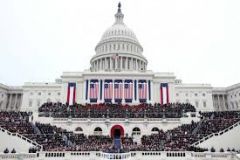
This amendment establishes the procedure for a presidential election. It was ratified on June 15th, 1804. This was created before the parties in politics were established. |
|
|
Amendment 13 (XIII) |

It establishes the ending of slavery. It was ratified on December 6th, 1865. When Abraham Linclon was elected into presidency and wanted to abolish slavery, South Carolina voted to secede from the United States. |
|
|
Amendment 14 (XIV) |
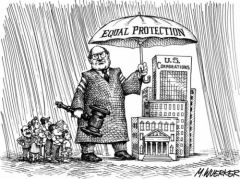
It establishes that all citizens of the US will have equal protections of the laws. It was ratified on July 9th, 1868. This amendment benefitted the former slaves by granting them automatic US citizenship. |
|
|
Amendment 15 (XV) |
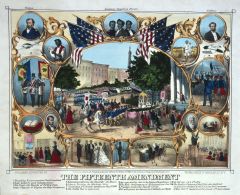
This amendment bans discrimination of skin color during voting in elections. It was ratified on February 3rd, 1870. This amendment was created to tie up any loose ends from the banning of slavery in the 14th amendment. |
|
|
Amendment 16 (XVI) |
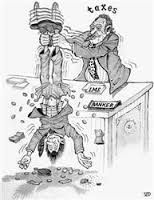
This amendment gives congress the power to impose an income tax on citizens. It was ratified on February 3rd, 1913. It took 1,302 days to get this amendment added to the constitution from Jully 12, 1909 to February 3rd, 1913. |
|
|
Amendment 17 (XVII) |
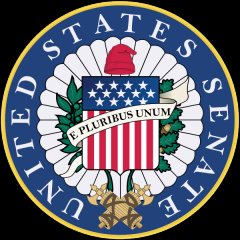
It allows voters to directly put senators into congress. It was ratified on April 8th, 1913. This amendment tries to bring governmnet closer to its people and only took 303 days to pass. |
|
|
Amendment 18 (XVIII) |

It prohibits the selling, making, and drinking of all alcohol. It was ratified on January 16th, 1919. Already 13 out of 31 states had prohibition laws of alcohol in 1855. |
|
|
Amendment 19 (XIX) |
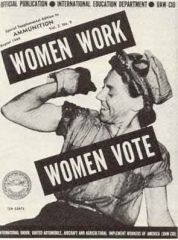
This amendment allows women to have the right to vote in any election. It was ratified on August 18th, 1920. After the Civil War in America, women protesters began to stand up for their right to vote. |
|
|
Amendment 20 (XX) |
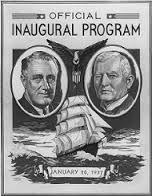
This amendment changes the dates of congressional and presidential elections. It was ratified on January 23rd, 1933. This was created to shorten the "lame duck" period or the period of time when a president isn't re-elected but is stil in office. |
|
|
Amendment 21 (XXI) |
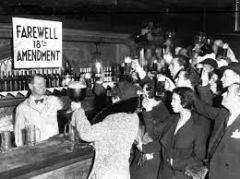
It appeals the prohibition amendment. It was ratified on December 5th, 1933. This was the first time another amendment had repealed another previous amendment. |
|
|
Amendment 22 (XXII) |

Limits the president to 2 terms maximum. It was ratified on February 27th, 1951. It took about 1,439 days just to ratify that amendment. |
|
|
Amendment 23 (XXIII) |

This amendment grants the ability to vote to the residents in Washington D.C. It was ratified on March 29th, 1961. It took 285 days to ratify this amendment. |
|
|
Amendment 24 (XXIV) |
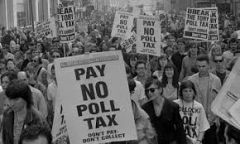
This amendment gets rid of poll taxes. It was ratified on January 23rd, 1964. It only took 514 days to become an amendment on the constitution. |
|
|
Amendment 25 (XXV) |
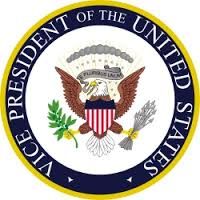
The amendment that establishes procedure for the sucession to presidency. It was ratified on February 10th, 1967. This bill relates to who will fill in for the president when he is not able to do his job due to illness or other reasons. |
|
|
Amendment 26 (XXVI) |
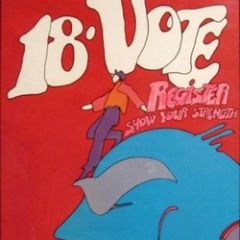
The amendment that establishes the voting age at 18. It was ratified on July 1st, 1971. This bill was inspred by the Vietnam war drafts. |
|
|
Amendment 27 (XXVII) |

This amendment delays congressional pay raises until the next term following the passage. It was ratified on May 7th, 1992. It was originally an article on the bill of rights, but it did not pass the amount of states to make it. |

